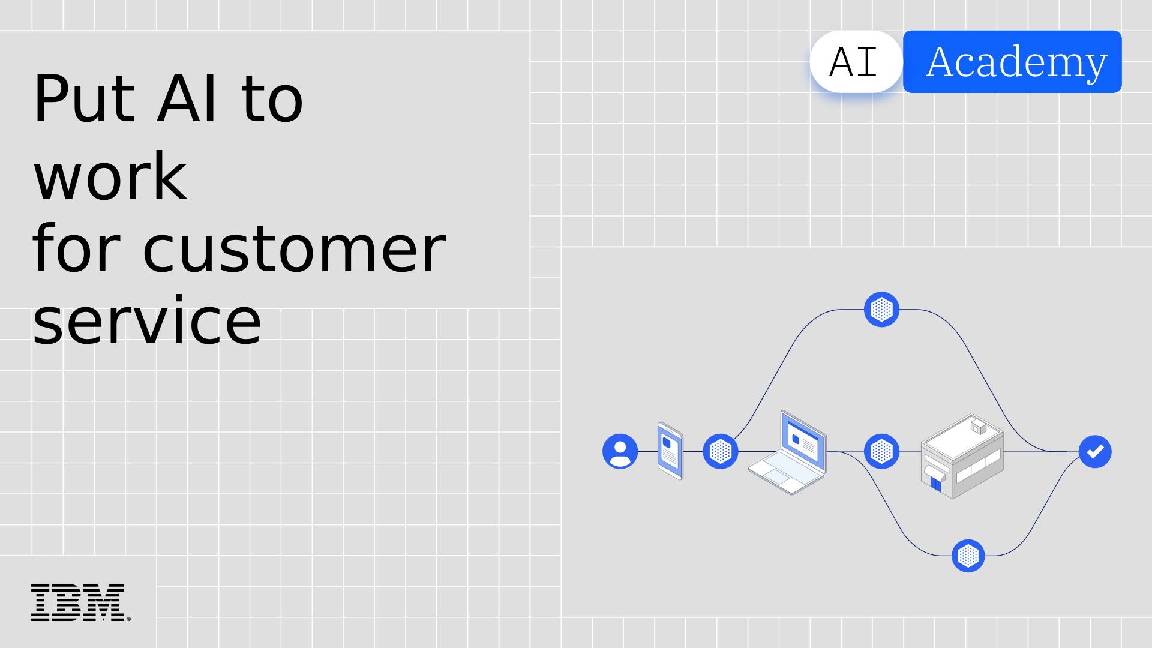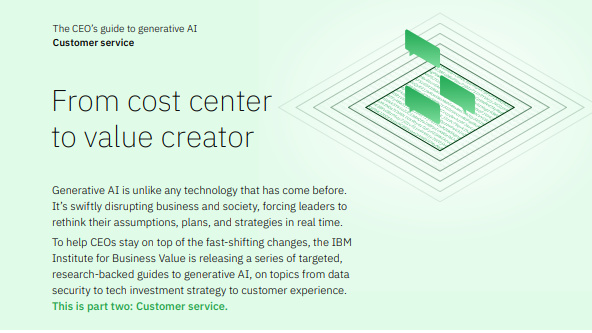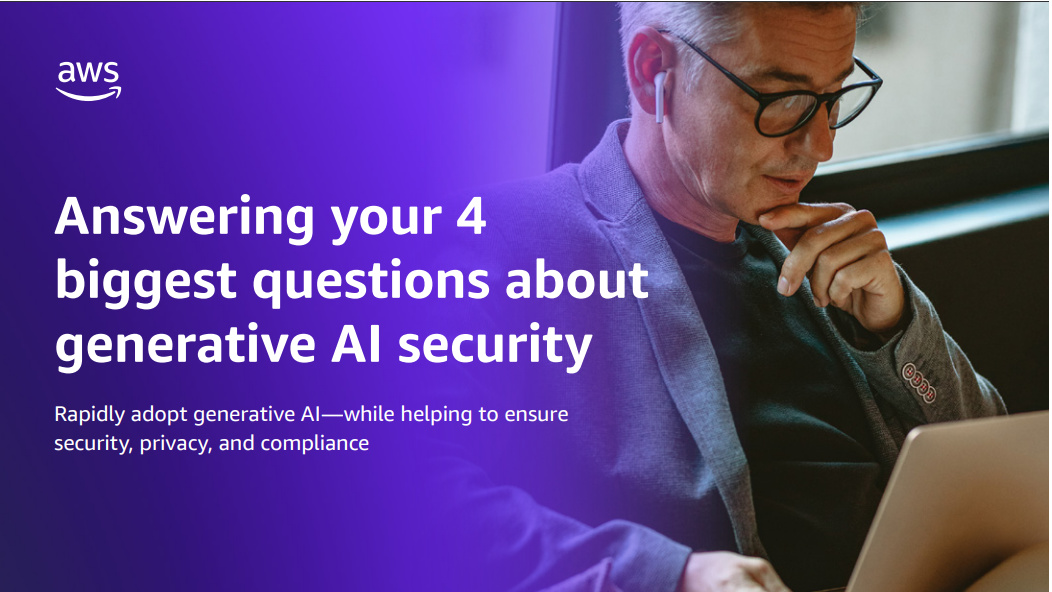ChatGPT vs chatbots: What’s the difference?
With ChatGPT making waves, businesses might question whether the technology is more sophisticated than existing chatbots and what difference it'll make to customer experience


It can be tempting to label every new kind of automated technology tool as something that's entirely never-before-seen. This is especially tempting with innovations in the artificial intelligence (AI) sphere. Although ChatGPT, and other forms of generative AI, may be grabbing the headlines, based on the breadth and depth of use cases, text-generating chatbots have been around for a while and have come to define the customer experience.
Currently, interactions between chatbots and humans mostly happen in the customer service space, and these interactions are mixed. While in some cases, chatbots can helpfully surface the answer to your pesky question that's buried deep within a website's FAQs, a lack of nuance and context defines most interactions, and they serve as a frustrating barrier before the inevitable phone call with a human operator.
ChatGPT, meanwhile, offers far more depth, and possibilities in this space, due to the way the system's been engineered. Yes, it’s still a chatbot and will certainly exhibit some flaws that won’t make it suitable for all use cases, but Open AI’s ChatGPT could revolutionise the interactions between people and machines in all kinds of instances.
When were the first chatbots used?
The history of chatbots can be traced all the way back to Alan Turing in the 1950s. After the advent of his Touring Test, the first chatbot that we can confidently identify, as Greek researchers did in a 2020 literature review, was created in 1966. That bot, named ELIZA, combined pattern matching with pre-written responses and was the first attempt at identifying whether a human audience could tell if a bot speaking to them was, in fact, automated. The notion of AI, labelled as such in the mid-fifties by a group led by researcher John McCarthy, would formalise the field as an area of study.
The first time AI was used within a chatbot environment came in the late 1980s. Although we can’t go back in time and speak to Turing or McCarthy, it’s fair to say that neither probably conceived of tools like Siri and Cortana being ubiquitous in our current moment. OpenAI’s entry into the market in 2015 is remarkably recent, with its technologies leaving significant impressions on enterprises in such a short space of time.
How do ChatGPT and other chatbots work?
To understand the difference between ChatGPT and other types of chatbots it’s important to recognise that, while they’re often grouped together for convenience, the term is not ubiquitous. To further complicate things, tech companies might be unable to adequately define the different chatbots they’ve developed, of varying sophistication and application.
For simplicity's sake, let’s first divide chatbots into two camps. The first, rules-based chatbots, are what they say on the tin: an if-this-then-that system governs their behaviour. They are not, as a rule, adapting or thinking for themselves. One example of a rules-based system would be the pop-up you see if you accept Facebook’s invitation to message a business page and are confronted with prompts asking if you’re looking for information like an establishment’s hours or current array of product listings.
Sign up today and you will receive a free copy of our Future Focus 2025 report - the leading guidance on AI, cybersecurity and other IT challenges as per 700+ senior executives
The other broad category is AI-powered chatbots. These interfaces rely on natural language processing (NLP) and machine learning rather than pre-programmed chains of responses. These are smart tools to the relatively analogue chatbots of old. From this point, they’re often characterised by either their use case or where they appear. There are also so-called hybrid bots, which use some elements of both rules-based architecture and AI.
What makes ChatGPT so different to chatbots?
RELATED RESOURCE

There are so many cautionary tales in this space, including Microsoft’s Tay experiment or Meta’s BlenderBot 3. Where previous attempts at generative AI chatbots quickly devolved into chaos, ChatGPT is programmed in such a way as to reduce the sorts of verbal implosions that led to their downfall. In a few words: it is discerning. According to OpenAI, this has been done through reinforcement learning from human feedback, a process in which the bot’s dataset – in this case, an adapted version of sibling product InstructGPT’s – is reinforced via humans.
“We trained an initial model using supervised fine-tuning: human AI trainers provided conversations in which they played both sides – the user and an AI assistant,” the organisation has previously said in blog post. “We gave the trainers access to model-written suggestions to help them compose their responses. We mixed this new dialogue dataset with the InstructGPT dataset, which we transformed into a dialogue format.”
Microsoft's Tay attempt was almost like leaving a chatbot to learn from an angry pack of wolves with problematic intentions – in this case, social media users. ChatGPT’s initial training was more like a university programme with very defined parameters. The bot, which has its own set of ethical concerns, is currently in a research release phase.
What does ChatGPT mean for the future of human-machine interactions?
When comparing ChatGPT with other chatbots, it’s important to make clear distinctions and not get sucked into what can only be described as a fervent hype machine.
The history of both AI and chatbots is long, winding, and complicated. While generative AI is the new and shiny trend, ChatGPT is just one example of a chatbot that people might interact with now and in future years. This is only one example of an AI-powered textual generation tool, for instance, with OpenAI also working on GPT-4, and other models sure to dazzle the market in future.
It’s too early in the release cycle for ChatGPT to say, for sure, how many businesses might adopt it or integrate its technology into their own tools and services, but a handful of companies have already begun exploring integrating this technology. What’s clear, for now, is the global enterprise landscape is on notice regarding the potential impact of generative AI tools like ChatGPT.

John Loeppky is a British-Canadian disabled freelance writer based in Regina, Saskatchewan. He has more than a decade of experience as a professional writer with a focus on societal and cultural impact, particularly when it comes to inclusion in its various forms.
In addition to his work for ITPro, he regularly works with outlets such as CBC, Healthline, VeryWell, Defector, and a host of others. He also serves as a member of the National Center on Disability and Journalism's advisory board. John's goal in life is to have an entertaining obituary to read.
-
 Fuelling growth through transactions
Fuelling growth through transactionswhitepaper Prepare for the future of payments with flexible solutions
-
 Monetization strategies for digital content creators
Monetization strategies for digital content creatorswhitepaper An overview of the economies of forex markets in Latin America and what payment providers need to know to enter the region
-
 AI academy guidebook: AI for customer service
AI academy guidebook: AI for customer serviceWhitepaper Discover how AI will improve the customer service journey
-
 Retail forex development in Latin America
Retail forex development in Latin Americawhitepaper An overview of the economies of forex markets in Latin America and what payment providers need to know to enter the region
-
 Delivering an AI-powered content supply chain for retail and CPG
Delivering an AI-powered content supply chain for retail and CPGWhitepaper Solve application modernization challenges with generative AI
-
 The CEO's guide to generative AI: From cost center to value creator
The CEO's guide to generative AI: From cost center to value creatorWhitepaper Turn human agents into heroes by giving them generative AI tools
-
 Answering your four biggest questions about generative AI security
Answering your four biggest questions about generative AI securityWhitepaper A practical guide for organizations to make their artificial intelligence vision a reality
-
 Maximize the value of generative AI for your organization
Maximize the value of generative AI for your organizationWhitepaper Harness generative AI's full potential

